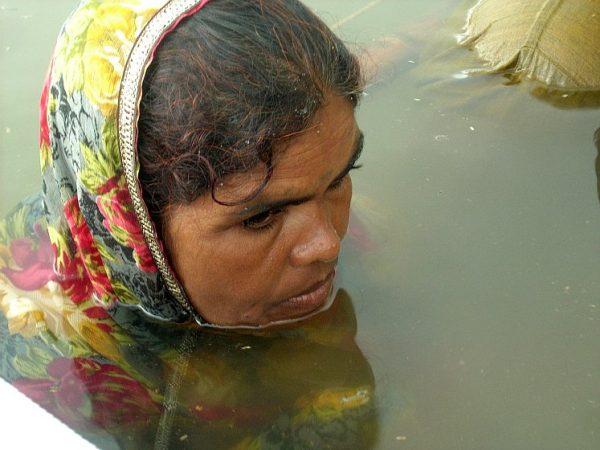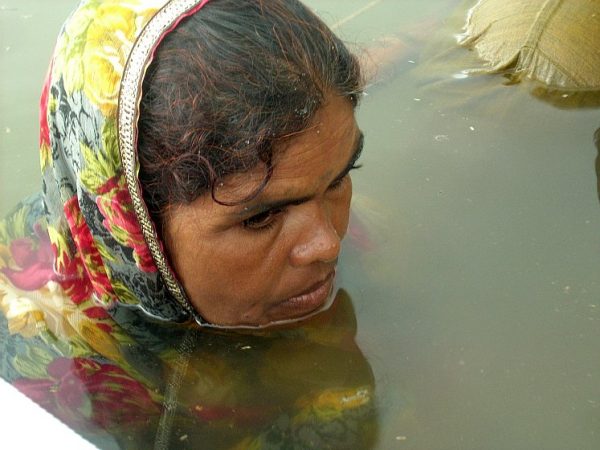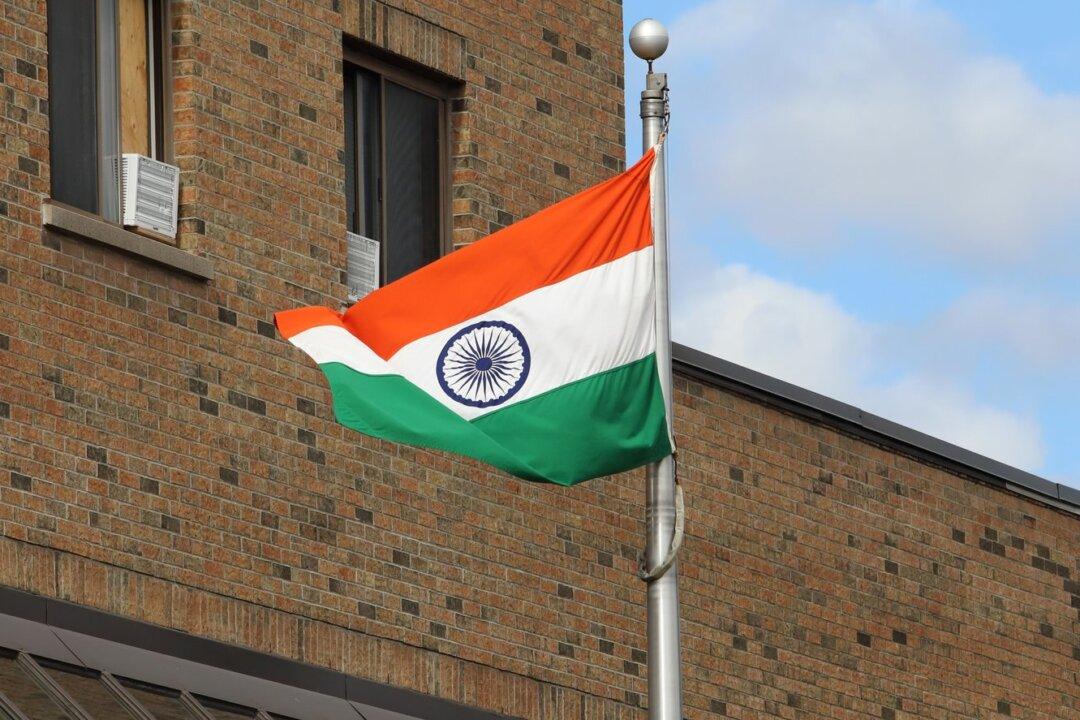After sitting chin deep in water for 17 days, villagers in central India succeeded on Sept. 10 in forcing authorities to reverse the recent increase in dam water threatening to submerge their land.
When villagers in the Khandwa District of Madhya Pradesh State discovered the water rising in the Omkareshwar and Indira Sagar dams, 51 of them literally threw themselves into the water in protest—and vowed to stay there, drowning if necessary, until their demands were heard.
The dams are part of the giant Narmada Dam project, consisting of a staggering 3,200 dams built along the Narmada River.
Since its inception in 1979, the project has been one of the most controversial in history, mostly over the issue of mass displacements without compensation.
The Supreme Court of India already ruled that land cannot be flooded without rehabilitating and compensating those affected first. This hard-fought battle was already won by Narmada Bachao Andolan (NBA), the movement behind the protest.
“It is against the Supreme Court of India’s order, which says that land should be given for the land taken before the completion of the dam. The order also says that rehabilitation policy must be implemented six months prior to the submergence of the acquired land,” said Sneha Chandna, an activist with the NBA.







